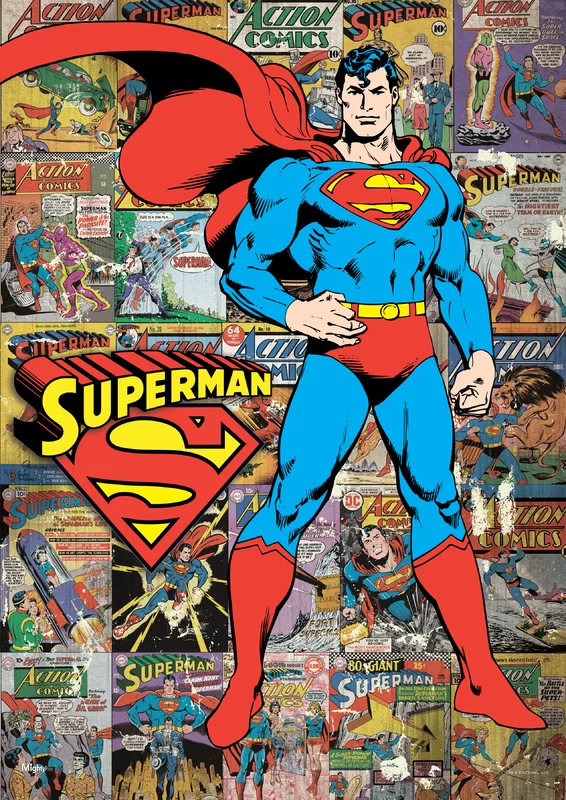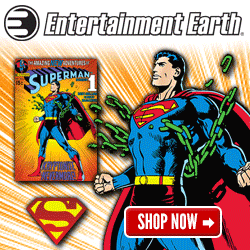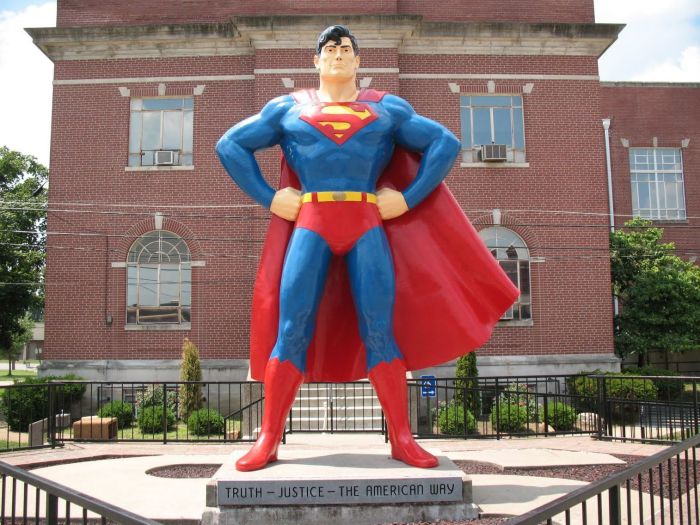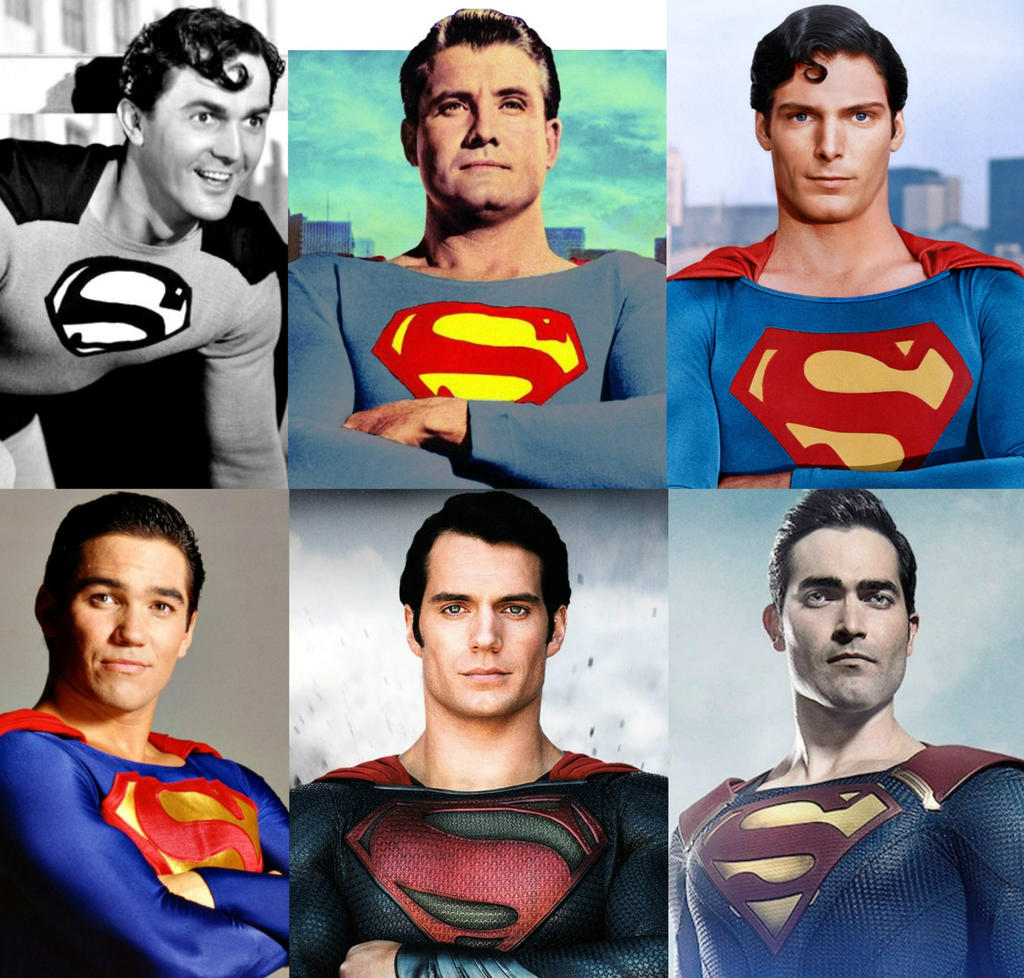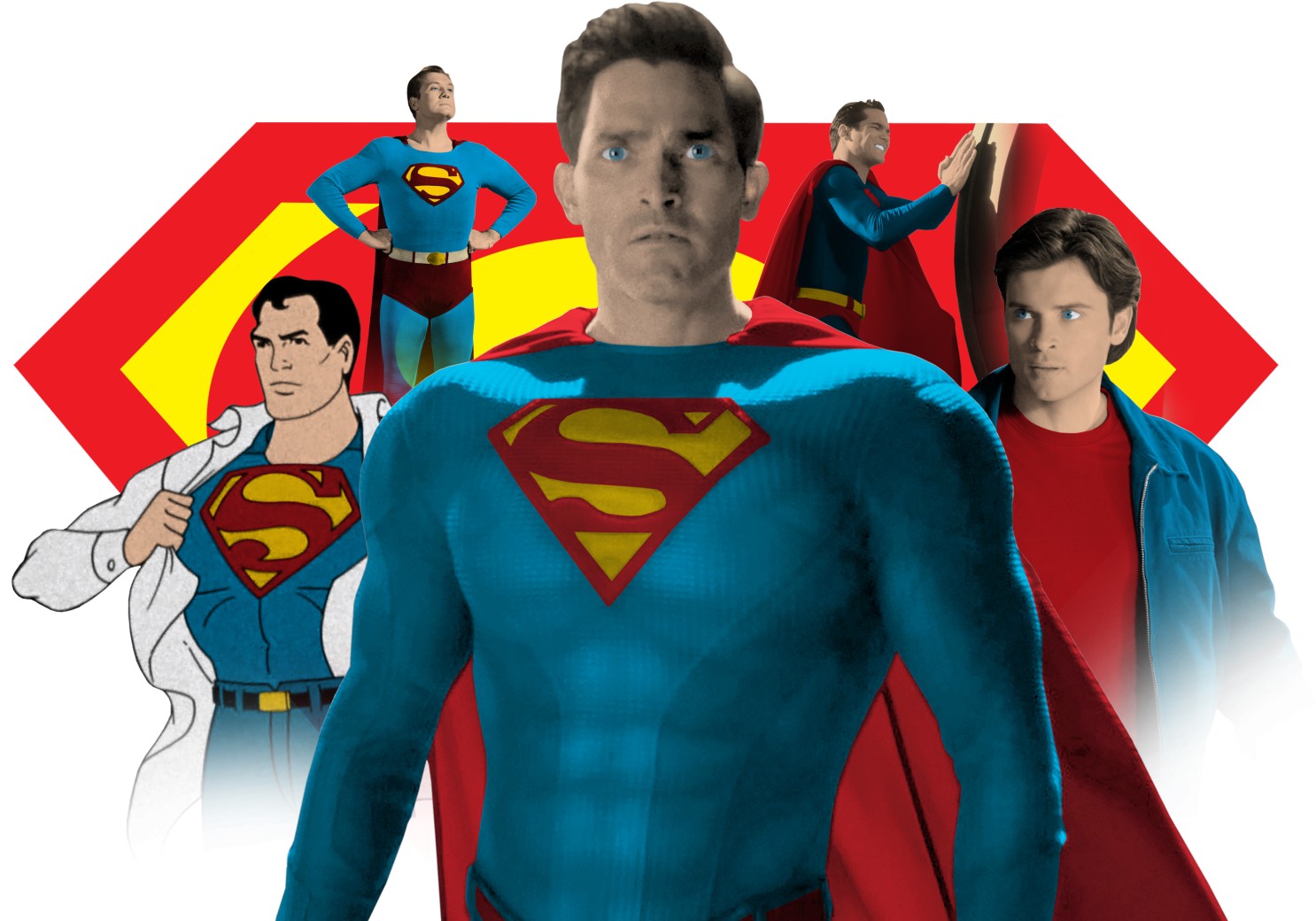
|
|
Super Friends

Super Friends is an animated series about a team of superheroes which ran from 1973 to 1985. It was produced by Hanna-Barbera and is based on the Justice League and associated comic book characters published by DC Comics.
When animation company Hanna-Barbera licensed the animation rights to the DC Comics characters and adapted the Justice League of America comic book for television, it made several changes in the transition, not the least of which was the change of name to Super Friends. In part, it was feared that the name Justice League of America would have seemed too jingoistic during the post-Vietnam War Era. Nevertheless, team members sometimes referred to themselves as the Justice League on the show. The violence common in superhero comics was toned down for a younger audience, as well as to fit with the restrictive broadcast standards regarding violence in 1970s children's television.
During the height of comic books the stimulation for a show to bring it perfectly to life had arose. The primary characters featured in the series were Superman, Batman and Robin, Wonder Woman, and Aquaman. These had long been DC Comics' most popular and iconic heroes including Aquaman, who's popular virtue allowed him to have a cartoon of his own, produced by Filmation before Wonder Woman. The team's first sidekicks were Wendy Harris (voiced by Sherri Alberoni) and Marvin White (voiced by Frank Welker) and their dog Wonderdog, none of whom had any special abilities (unless one counts the dog's unexplained ability to reason and "talk"). Later they were replaced by pointy-eared shape-shifting aliens Zan and Jayna, the "Wonder Twins," and their "space monkey" Gleek. Earlier seasons occasionally introduced other members of the Justice League as guest stars, including The Flash, Plastic Man, and Green Arrow.
Initially, each episode was a single one-hour story, and the villians (mostly original creations not in the comics) were often misguided, rather than evil. Subsequent seasons were a mix of one-hour and half-hour episodes, the one-hour episodes sometimes featuring two or more short stories in each hour, and made use of established villains from the DC comics. The Challenge of the Superfriends season introduced the Legion of Doom, a team of 13 recurring foes comprised of the Super Friends' worst enemies. They used a swamp-based, vaguely mechanical, flying headquarters (the Hall of Doom) which suspiciously resembled the head of Darth Vader, as a suitable contrast with the Super Friends's gleaming Hall of Justice.
Hanna-Barbera's writers experimented with team composition as well. "Challenge of the Superfriends" kept the teen sidekicks but not directly involved with the Super-villian stories. It also added Hawkman, Green Lantern, and The Flash as well as three characters without previous comic-book antecedents. Black Vulcan, Apache Chief and Samurai, intended to be international heroes, were created for the show as well in order to encourage racial and cultural diversity. Critics felt that these attempts were awkward at best and very stereotypical and somewhat offensive at worst. Subsequent versions of the show resulted in a fourth "diversity" hero, El Dorado, and guest stars who had also appeared in DC comics, including Rima the Jungle Girl (a Tarzan-like character similar to Sheena, Queen of the Jungle and Marvel Comics' Shanna the She-Devil), Hawkgirl and The Atom.
The final two seasons, "The Legendary Super Powers Show" and "Super Powers Team," (the Super Powers tag reflected a marketing tie-in with a Kenner toyline of the same name) made further refinements to the roster, adding teen members Firestorm and Cyborg, respectively, each with a comics history. The weight of these last and final seasons was properly reflected with the introduction of a new and even deadlier threat: The Mighty Darkseid. At the height of this comic-to-life cartoon it no longer dealt much with natural disasters or even gangs of super-villians. By it's very title "Galactic" the upgrade implied that Darkseid was the zenith of threatening evil.
In one episode where a giant Kryptonian pteranodon is rampaging on Earth, the team must choose whether they should acquire a massive supply of kryptonite to drive it off and risk Superman's life in the process. Superman asserts that the team has a long-standing principle of seeking "the greatest good for the greatest number" and insists that the kryptonite be used. The quote is taken from John Stuart Mill and introduced the ethical principles of utilitarianism to viewers.
At one point, Cartoon Network produced three commercials lampooning the Super Friends. One dealt with the idiosyncratic nature of the Legion of Doom and Brainiac's odd manner of dress (Brainiac: "Look, all I want is pants... a decent pair of pants!" Solomon Grundy: Solomon Grundy want pants, too!"). The second dealt with the Wonder Twins' uselessness in battle. The third, co-starring the Powerpuff Girls, dealt with Aquaman's useless powers (Aquaman: "My ability to talk to fish is of no use to us, Wonder Woman!").
An issue of Wizard Magazine also parodied the Super Friends, in which the JLA is sent through a dimensional rift and meets some members of the Super Friends. After Martian Manhunter simply uses his martian vision to melt the villain and his machine, much to Green Lantern's dismay ("You have to trick him into leaving, or shutting off his machine, NOT direct physical violence!) The Super Friends decided to send the JLA'ers back to their own dimension by having the Wonder Twins turn into water and a bug and paddling, Green Lantern shined his ring on them, Flash ran around them a lot, and Aquaman stood around until water could be introduced at a convienent manner. Depsite the fact that their plan made no sense scientificly, it worked and restored the JLA'ers to their proper world.
A first season episode of the Cartoon Network television series Justice League Unlimited featured The Ultimen, a group of superheroes that are a pastiche of heroes unique to the Super Friends. The members were Long Shadow (based on Apache Chief), Wind Dragon (Samurai), Juice (Black Vulcan), Downpour (Zan of the Wonder Twins), and Shifter (Jayna of the Wonder Twins). The headquarters of the Ultimen, although on top of a skyscraper, resembled the Super Friends' Hall of Justice.
The fifth season of "Justice League Unlimited" has shown Gorilla Grodd forming a massive Legion of villians. While not called "The Legion of Doom" on the show, their headquarters is a craft similar to the Hall of Doom, located in a swamp.
DC Comics published a comic book version of the Super Friends in the 1970s. In the 2000s DC satirized the Super Friends in two separate miniseries, "Formerly Known As the Justice League" and "I Can't Believe It's Not the Justice League!," as the "Super Buddies," a team of various ex-Justice League members.
The Hall of Justice from the Super Friends can be seen in the Teen Titans animated series. It appears behind the Titans Tower in the opening sequence and uses of the same shot in the show.
Filipino comedian Rex Navarrete gave a satirized depiction of the Super Friends in his comedy routine Maritess vs the Super Friends about Maritess, a Filipina immigrant who worked as the Super Friends' maid at the Hall of Justice. This was made into a short Macromedia Flash animation by Dino Ignacio. [2]
After Olan Soule served as the voice of Batman on the show for several years, he turned the part over to none other than the man who played Batman on the live action 60s TV series, Adam West, for the "Super Friends: The Legendary Super Powers Show" and "Super Powers Team: Galactic Guardians" series. For these seasons, Olan instead played the voice of professor Stein, one half of Firestorm the Nuclear Man.
Noted painter Alex Ross is an avowed fan of the show and has worked it into his various projects. In Kingdom Come, the United Nations building resembles the Hall of Justice while the Gulag is obviously designed on the Hall of Doom. Marvin can also be spotted in a brief cameo in that book. Ross is also helping to create the current 12-issue "Justice" series in which a new and improved Legion of Doom clashes with the JLA.
The frequent pairings of Wonder Woman and Aquaman has led some fans to speculate on a potential romance between the Amazon Princess and the Atlantean King.
The opening credits of "Challenge of the Super Friends" names the Super Friends as the Justice League of America. Aside from the appearance of a JLA emblem on a communicator and a reference to a mission to repair the Justice League satellite, the Super Friends are never again linked with the JLA.
In that mission, the Justice League satellite under repair is clearly the same design as the Justice League Satellite that appeared in the comics at the time, but was shown to be substantially smaller than its comic book counterpart, and thus uninhabitable.
The show was featured under several titles, though only about 60 episodes were produced altogether.
Super Friends (1973) All-New Super Friends Hour (1977) Challenge of the Super Friends (1978) World's Greatest Super Friends (1979) Super Friends: The Legendary Super Powers Show (1984) The Super Powers Team: Galactic Guardians (1985)
